The Best Pens, Pencils and Writing Utensils
Whether you’re filling out paperwork, drawing sketches, or solving math problems on a dry-erase board, you’ll need something to write with. We have plenty of options in our Writing Instruments and Drawing catalogues, so we put a list together to help you choose what is best for you.
Pens, Pencils, or Markers?
The first decision you need to make when selecting what to write or draw with is whether you want a pen, pencil, or marker. While each can accomplish the same tasks, some are better than others.
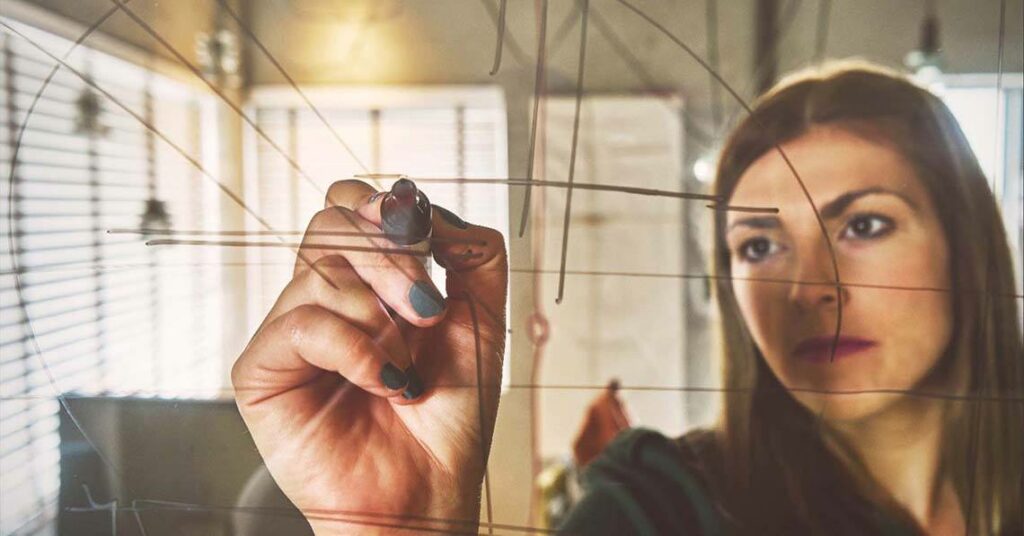

Pens use ink, and are a favourite of writers because they don’t constantly need to be sharpened while being used. Some pens are better suited for long writing because of their smooth grip, other pens are best suited for drawing or calligraphy because of their ability to produce sharp and bold lines, and a few combine the best of both worlds.
Pens are generally best for professionals, as a form or letter filled out in ink generally makes the writer look more qualified than if it was written in pencil or marker.

Pencils typically use graphite or another soft material in lieu of ink, and are a best for artists for their wide array of colours and high level of adaptability.
Due to the graphite, pencils are usually erasable – perfect for those who want do-overs or need to make frequent changes (such as sketch artists or mathematicians).
They come in both mechanical and traditional form, each having their best uses.
Markers are best for bold statements, such as creating colourful artwork or taking notes in front of a group on a whiteboard or easel.
Generally using a wider tip that can make lines thicker, markers are best for when you want whatever you are writing to be easy to read.
They come in several different forms.
Markers are often permanent, but come in erasable varieties as well.
Choosing the Best Pen
The first pens, rumoured to have been used almost 5,000 years ago, were made out of reed branches, but fortunately modern pens have evolved since then.
However, the concept has remained the same – a pen is an instrument that transfers ink to a surface, usually paper. Pens are a favourite amongst writers and professionals for their bold ink, but artists often enjoy the intense colours of ink as well.
Many pens come with refill cartridges once they run out of ink, so a favourite pen can last a long time. Here are several different types of pens, and what they are best suited for.
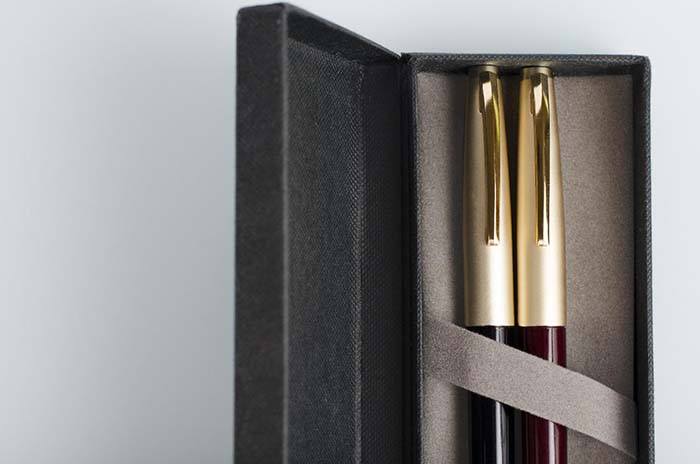
Ballpoint pens
Most pens you see nowadays are ballpoint pens, which use a rounded ball-shaped tip to allow an oil-based ink onto the writing surface. The ink used goes on smoothly and dries almost immediately.
Though the ink tends to sludge up at the tip from collecting dust over time, which can make the lines of your writing seem less precise, you can usually overcome this by quickly brushing off the tip.
Ballpoints require a bit more pressure to write than other options, so ballpoint pens are not best suited for long periods of writing, because it tires out the hand. They are ideal, however, for jotting down quick notes, which makes them popular in both office and school settings. Ballpoint pens come in both retractable, capped, and premium forms.
The biggest pro of ballpoint pens is flexibility for most writing. Cheap and easy to produce, ballpoint pens come in large packs for low costs. Their ink dries quickly (ideal for left-handers), and the ink tubes tend to last the longest.
They are also the most adaptable in all climates, as their oil-based ink sticks to a wider range of surfaces. In short, they are usually the best pens for most types of general work, but other options might be better for more specific needs.
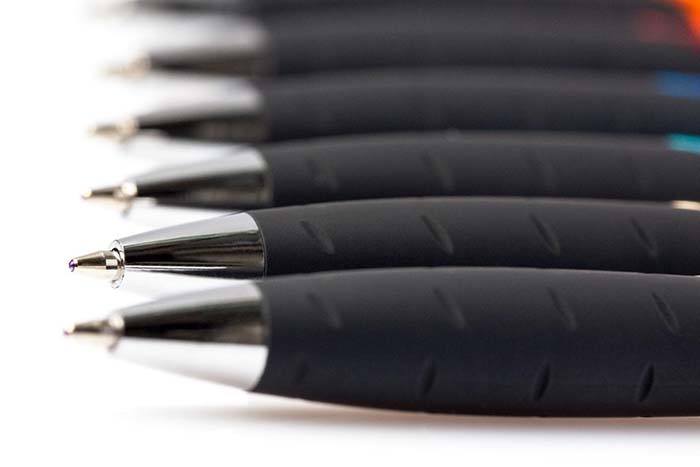
Rollerball pens
Less common than ballpoint pens are rollerball pens, which use the same ball-shaped tip, but deliver an ink based from water. This gives rollerball pens the ability to make crisp and sharp lines with a bold, dark colour, best mimicking the style of old-school fountain pens.
The tip of a rollerball pen is generally narrower than that of a ballpoint pen because the flow of the water-based ink is faster than that of a ballpoint pen. Even so, the risk of ink bleeding through the page and feathering through the small cracks in the paper is higher than with other inks.
It’s also not recommended to travel with rollerball pens, because its ink could leak onto your clothes or items, especially when the cap is off or when there are changes in pressure from varying temperatures or altitudes.
The bold lines of rollerball pens are best for when you want your writing or drawing to make a statement.
The ink dries almost as quickly as ballpoint pens, and because it is water based, generally has more options of colours to choose from as well. Rollerball pens are also very smooth to write on because of how little pressure is required to write, so are ideal for long bouts writing.
Because of their liquid-based ink, some can use friction and be erasable pens as well.
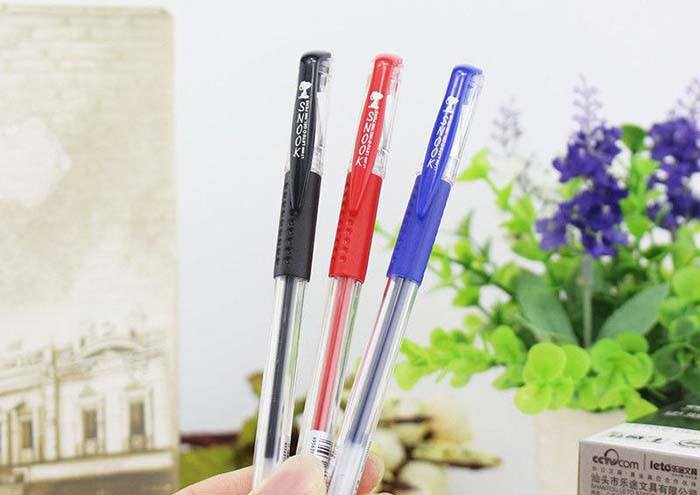
Gel Rollerball Pens
With ink consistency in between that of ballpoint and rollerball pens, gel rollerball pens aim to be the best of both worlds. Their ink made from a thick, clouded liquid, which tends to take a short while to bubble on the writing surface before settling in.
These pens are also slightly more expensive than ballpoint pens, and the ink cartridge does not last as long. However, refill cartridges are readily available, and the pense themselves are capable of sharp lines that look great on the page.
Gel rollerball pens are best for when you want the smooth lines of a rollerball pen with the flexibility of a ballpoint pen. They’re good to travel with, and can give your writing or drawing a statement with the high adaptability of their hybrid ink.
Their ink can also be bought in many different colours.
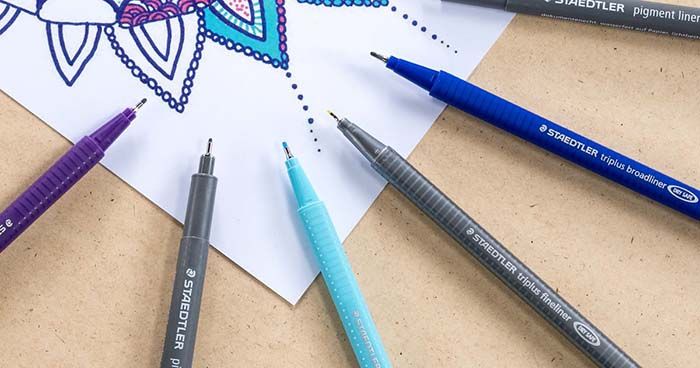
Fineliner and Sign Pens
Mostly used for sketches and drawing, fineliner pens are noted for having a plastic or fibre tip covered in a rigid metal.
Fineliners tend to have a more narrow tip, where sign pens (essentially a felt-tipped pen made for writing instead of drawing) have a broader tip. Though their ink is bold and deep, both tend to bleed through paper.
Fineliners and sign pens are also popular amongst writers for their unique feel compared to ballpoint pens.
Fineliner and sign pens are best for those who want a bold colour with a smooth grip. The metal cover over the tip make them resilient to breaking over repeated use with rulers and straightedges.
They are also generally inexpensive.
Choosing the Best Pencil
First used in the 1500s, pencils have also changed from raw the sticks of graphite that was common many centuries ago.
A common misconception is that the core of a pencil is made of lead – however, this was never the case, as the rudimentary forms of chemistry back in the day assumed the graphite deposits found were of lead origin.
Even so, the core of modern-day pencils are still referred to as “lead” despite generally being made up primarily of graphite, which makes it lead-free and completely safe for everyday use.
Pencils are best for sketch artists, as they can be pressed and angled against the writing surface to allow for a wider array of line sizes and shades out of a single pencil. They are also generally erasable, and come in a wide variety of vibrant colours.
COS has a wide selection of pencils in our drawing section.
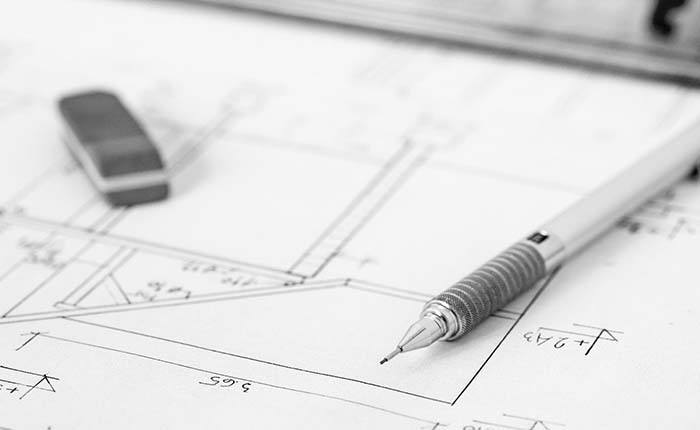
Mechanical or Traditional?
The most obvious difference between pencil types is whether the lead is covered by a mechanical contraption that can extend the lead, or is merely surrounded by a sheath of wood that must be frequently sharpened.
Both have their purposes, so it really depends on why you need a pencil to decide which one is best for you.
Traditional pencils are generally cheaper, and the lead is thicker and stronger – ideal for those who press hard whilst writing. They have the most diverse shades of lead to choose from, which is best for sketching.
They are also easier to shade with because their thick lead can take up more space on a page with each stroke if angled properly.
This also allows for linear variety, which spices up your handwriting as you write with the same pencil. With few moving parts, they cannot jam on you as mechanical pencils may from time to time. The lead is easily visible, so you always know how much more life a pencil has.
However, once a pencil is used for too long, it runs out of lead and must be replaced, and they must be sharpened with a sharpener instead of clicked to get more lead.
The shape of the pencil changes as its life goes on, which can also affect your writing or drawing.
Mechanical pencils are more expensive and have thinner lead that tends to break more often. However, this thinner lead is more precise, keeping your lines consistent and your handwriting neater.
Mechanical pencils tend to last longer because their lead and erasers are refillable. This keeps your pencil the same size throughout its lifetime, so you don’t have to worry about it shrinking on you.
Lastly, mechanical pencils allow for a wide array of grips and adaptability when compared to traditional pencils, which give your writing utensil both flare and comfort.
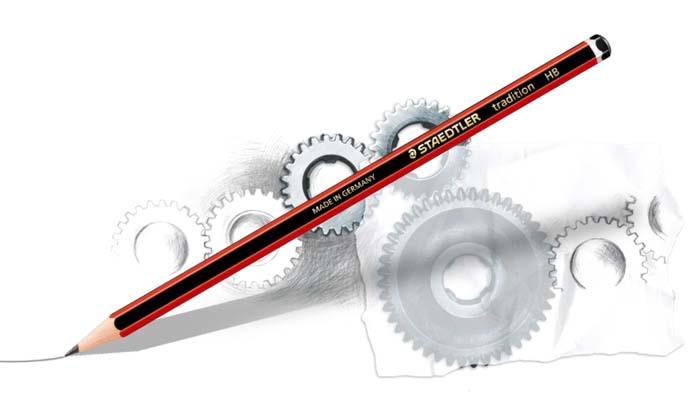
Which shade of lead?
You’ve probably seen “HB”, “2H”, or other perplexing lettering on the side of pencils.
This actually refers to the lead shade of the pencil. Different pigments of lead are best for different parts of shading in a drawing.
This makes switching pencils around while drawing much easier.
In general, the higher the number associated with a ‘B’, the darker the lead colour, whilst the higher the number associated with an ‘H’, the lighter the lead colour.
The lighter you write, the heavier shade you should go with, and the heavier you write, the lighter shade you should go with. “HB” and “F” are in the middle, and are great options to start on if you are unsure.
Choosing the Best Marker
Pens and pencils not big enough? Markers are for the boldest types of writing or art.
There bullet point permanent markers and chisel point markers for your thickest of writing on a wide range of surfaces. Perfect for both outdoor and indoor writing, drawing, and labeling.
We also have whiteboard markers made for repeated work on an erasable surface, ideal for wiping away clean on dry-erase boards.
Want to make previous writing stick out?
A highlighter can add a neon colour while keeping writing underneath in-tact. We even have specialty markers for all of your specific marker needs.
Regardless of what marker you’re looking for, COS has you covered.
Drawing Accessories
The right pen, pencil, or marker is only the start! There’s an ample amount of supplies available that can help you bring your writing or drawing to the next level.
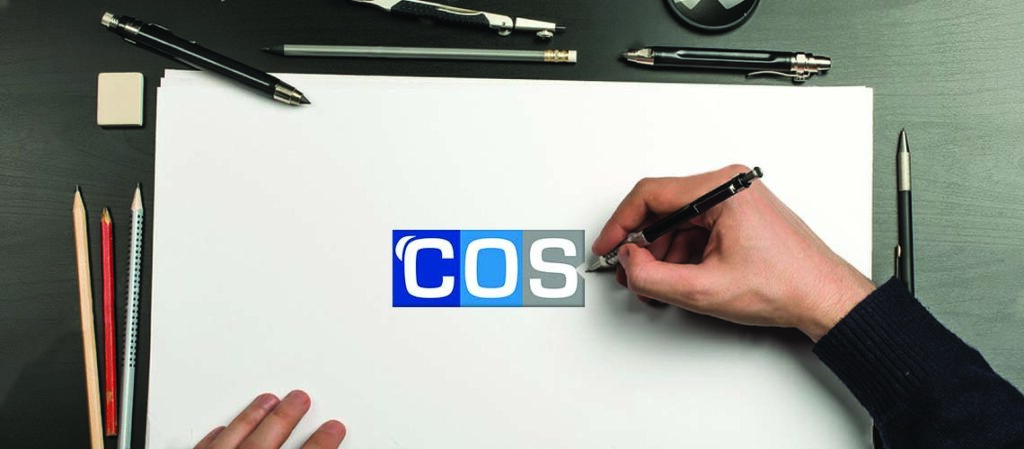
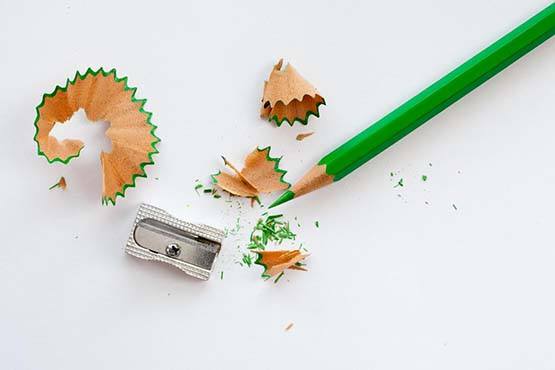
Sharpeners
Every traditional pencil will need to be sharpened if it’s used enough, so you’ll need a sharpener. They come in both electric and manual forms.
Electric sharpeners tend to be quicker at sharpening, but are louder, larger, and require batteries or a wall outlet. Manual sharpeners don’t require powering and are quieter, at the cost of being slower and requiring more effort to use.
We’ve got a variety of sharpeners at COS, so take a look to see which is best for you.
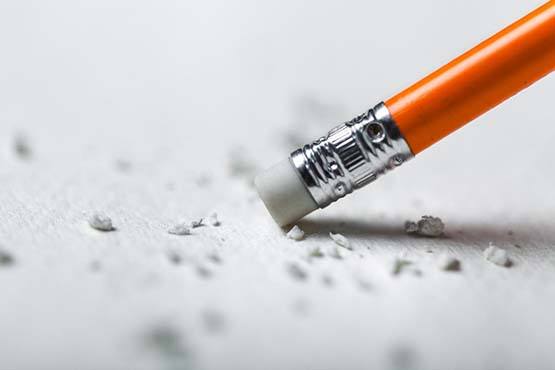
Erasers and Correction Products
Every traditional pencil will need to be sharpened if it’s used enough, so you’ll need a sharpener. They come in both electric and manual forms.
Electric sharpeners tend to be quicker at sharpening, but are louder, larger, and require batteries or a wall outlet. Manual sharpeners don’t require powering and are quieter, at the cost of being slower and requiring more effort to use.
We’ve got a variety of sharpeners at COS, so take a look to see which is best for you.
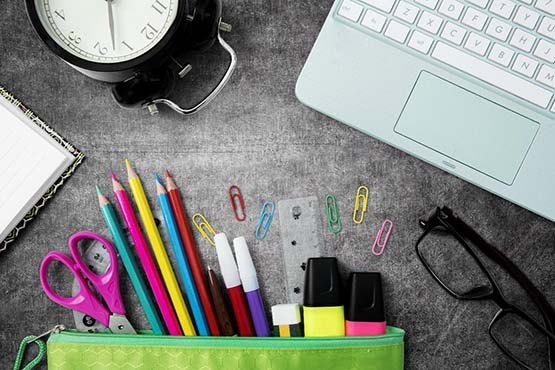
Pen and Pencil Cases
Whether you’re an artist, student, or even a businessperson, you will want something to keep all of your writing or drawing equipment in one place.
Try a pen or pencil case – they’ll keep all of your gear together, and make transportation easy.
Some can even hold paper! Check out our pen or pencil cases in our document wallets and cases section.